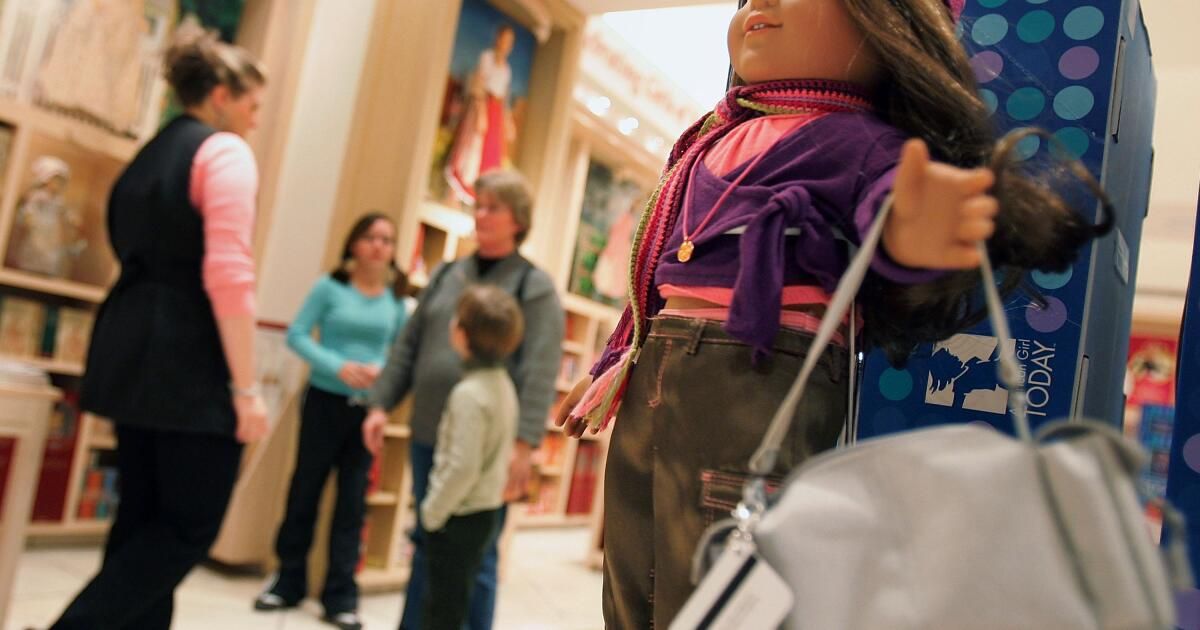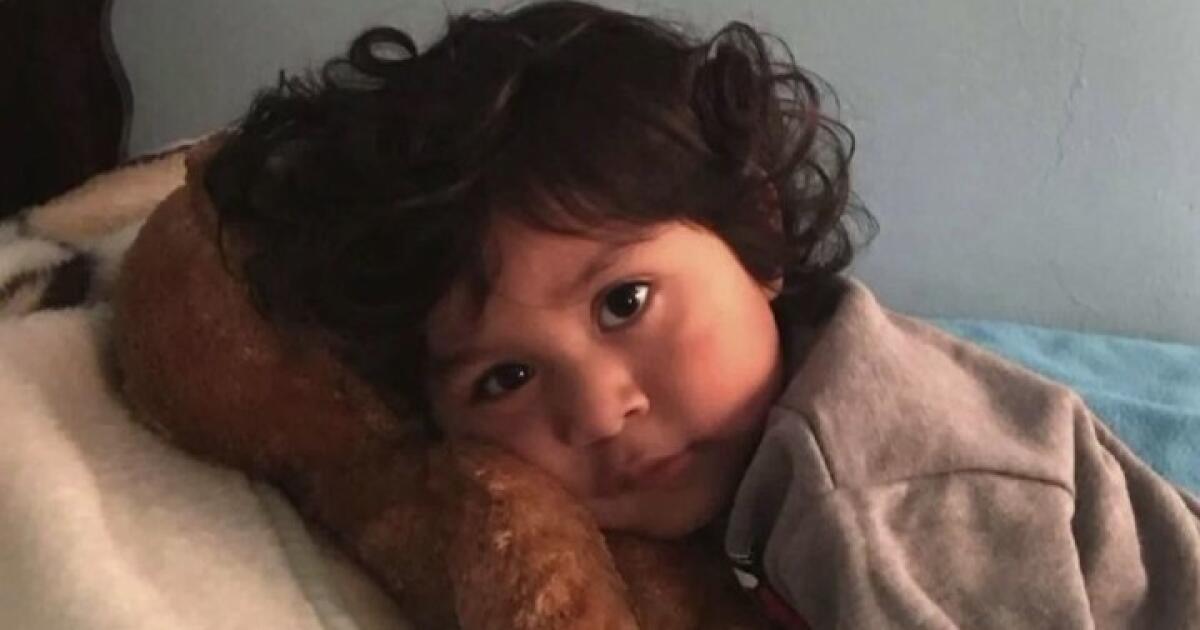On September 17, only two days after the month of the Hispanic inheritance, American Girl launched the doll and the character Raquel Reyes, the girl of the year 2026. She is presented as the great -great -grandson of Samantha Parkington, my favorite historical character of American Girl and the first hero that taught me that the compassion could change the world.
As an author and educator, I think of the book “Samantha learns a lesson” every time I open the door of my classroom to students of all the imaginable background and every time I feel to write with the responsibility to shape the conversations that speak with the public of all age, culture and experience lived.
I discovered Samantha through a casual encounter with the Pleanant company catalog in the kindergarten. My parents could not afford the wrist, so only their books were available, at the beginning through the Los Angeles Public Library, and later, when I owned the box in fourth grade. My mother and I walked or took the bus to the library, because she did not possess a car. We didn't possess much at all. But I had my own library card, and through it, Samantha became part of my life.
Samantha Parkington, brought to life by author Susan S. Adler, was raised in privileges at the beginning of the 20th century. However, his story resonated because he cared deeply about justice. He stood up for his best friend, Nellie, a maid, when he considered it inadequate that a girl in her class did. When Samantha was 10 years old, he even created the “Mount Better School” in the tower of his house so that Nellie could learn, because he believed he could offer something that Mount Bedford school could not.
That spirit caused something in me as it grew. Like Samantha, I dreamed of creating a school that meets unsatisfied needs. I imagined that high school students attended workshops led by community members (choreographers, carpenters, businessmen, mechanics) where students could learn trades and skills as well as academics. I imagined associate with local and pop restaurants so that the cafeteria menus could include both healthy options and the various flavors of the community. Samantha saw potential where others saw limitations, and I take that same vision to my classroom and on the page.
Now, a new generation of Samantha's family has a message for a new generation of readers. Raquel Reyes connects the heritage and legacy in a way that no other American Girl character has. Written by Angela Cervantes, “Raquel Reyes' Diary” explores his family's American identity. His father's Mexican side and his mother's Anglo side give it shape, and its history shows how family history is agitated through generations. Even in small details, such as Raquel's passion for palettes that echo Samantha's love for mint ice cream, readers see that the common terrain in cultures and centuries is possible and credible.
Through Raquel's newspaper, we even learned that Samantha grew up to become a teacher and opened a school of girls in the 1920s. That revelation was felt as a complete circle moment: Samantha's compassion lived in Raquel as I had done in me. In the book, you see that this compassion became a family feature, evident in the way Raquel cares about his pomerania, Luzita, with the same fierce devotion that his cousin Harper shows in the protection of the sea. Compassion is not abstract in their stories; You live, practice and embody in small daily options to take care of others.
Raquel's arrival also reopens questions about the representation due to his similarity with Maritza Ochoa, another character written by Cervantes. Maritza, introduced in 2021, is a football player and track star who becomes an immigrant activist. On the page, Raquel and Maritza are different. On the shelf, they are almost identical, both light skin with dark hair and only minor differences in the color of the eyes. This is where Mattel and American Girl Llc lost the brand. Latinas come in each imaginable shadow. Only in my family, skin tones range from very righteous to deep brown, with hair and eyes colors, just as varied. Liberating Raquel looks so much like Maritza flattened that wealth, leaving girls who do not fit that narrow image once again looking for themselves.
And Cervantes lost a different chance in “Lead with Your Heart”, Book 2021 that introduced Maritza. Briefly mentions the dreamers, children brought to the United States who have grown here without permanent legal protections, but quickly changes to a plot of family reunification. This choice reflects what happened in Congress, where the original sleep law was introduced in 2001 and since then it has been reviewed more than 20 times without approved. Almost 25 years later, the dreamers are still in Limbo, their uncertain future. Many of them are American readers and fans. Leaving its history off the stage is to repeat the same silence with which they already live.
American Girl has never moved away from bold stories. Samantha taught us that compassion could be a force for justice. Raquel shows the power of inheritance, legacy and space claim as a Mexico American girl in a long American history. Maritza reminded us that activism can take root in something so simple, and as powerful, as a football field. For all three, the heart of the lesson is the same: girls can lead, girls can inspire and girls can change the world.
The following stories of American girls are waiting to be told by women who have been marginalized but who are living the bold lives of which other generations need to listen.
Carolina Coronado is a Latin educator and author of “Quinceañera: a new stage”.












